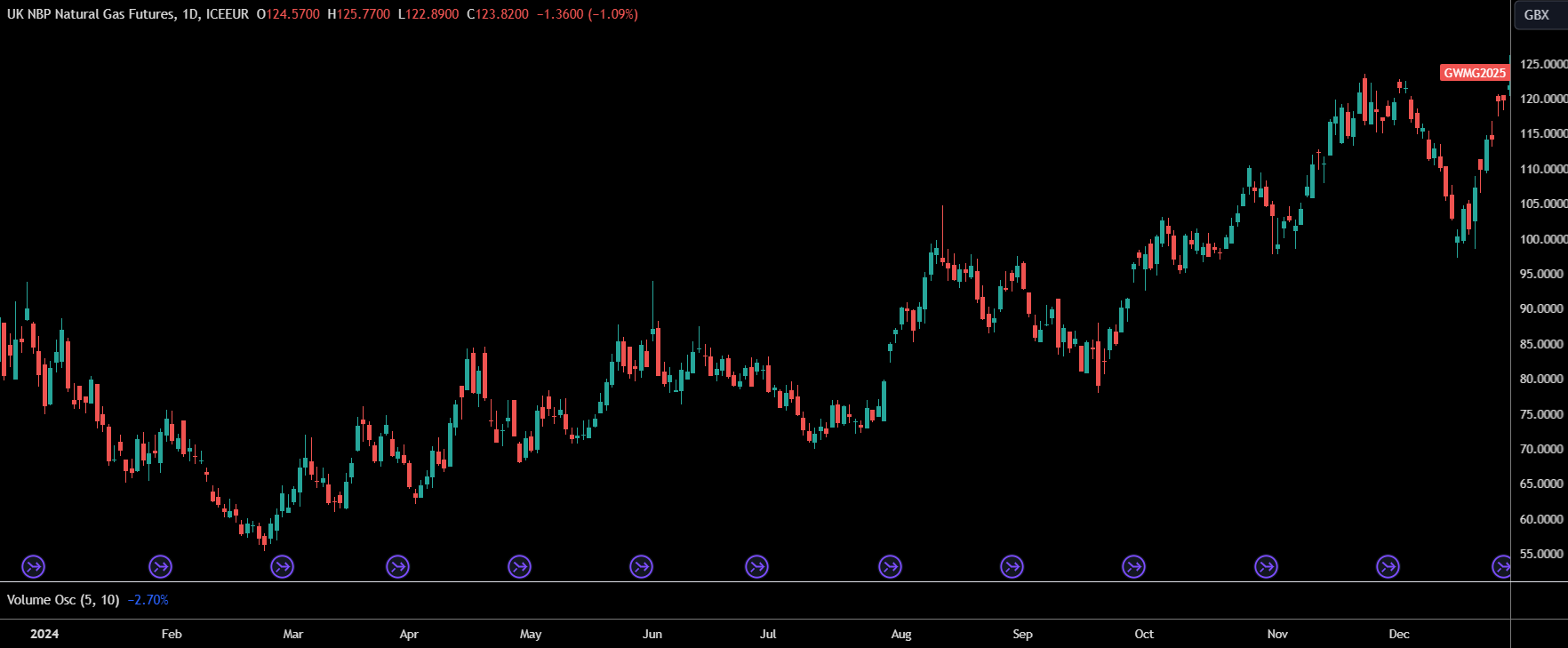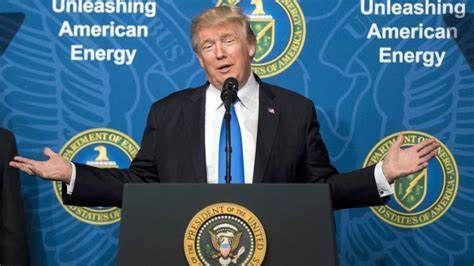April Review
April 2023 Review
April is known to be the cruellest of months, but this year April spared the energy markets of any such cruelty as wholesale prices continued to fall. Wholesale gas prices have now fallen to levels not seen since July of 2021 and still appear to be trending lower.
While many (possibly rightfully) consider a politician to be lying any time that their lips are moving, many will be hoping that wasn’t the case when UK energy secretary Grant Shapps stated that energy bills will be decreasing in the next few months. He also said that he sees the market stabilising after this winter.
Mr Shapps’ optimistic view of the UK energy markets is one that seems to be backed by the National Grid who released their summer outlook report for 2023. The National Grid are confident that it will be a summer free of disruptions and that balancing costs will be 30% lower than those of 2022.
This confidence isn’t exclusive to the UK’s electricity supply. The National Gas Transmission Report for the upcoming summer indicated that gas demands will be met by supply from the UK continental shelf and Norway.
All of which is refreshing news after an extended period of turbulence, a period which may soon be coming to an end. At least that’s what OFGEM chief Jonathan Brearley seems to believe. Mr. Brearley stated that “prices are easing significantly” and that he expects this to be reflected in both the price cap and the bills we pay over the coming months.

Outlook
In spite of the positive sentiment building in the domestic energy markets there are fears that still remain, and these fears were stoked by Gazprom when they spoke of potential gas supply shortages next winter. After referencing how a milder than normal winter helped Europe over the last few months, the Russian gas-supplier stated that a highly competitive gas market could impact Europe’s ability to replenish their reserves ahead of next winter.
Global consulting firm McKinsey seemed to be in agreement with Gazprom when they released a report stating that there could be a 25 billion cubic metre reduction in supply to Europe as a direct consequence of ceasing Russian imports. The report also claimed that Europe would need to sustain and accelerate measures to reduce gas demand in order to avoid further price spikes.
While the view of McKinsey may seem to be a cause for concern, it is not shared by German energy regulator Bundesnetzagentur. The regulator believes that less reserve capacity will need to be sourced for next winter as a result of reserve power plants returning to the market.
This positive outlook is backed by the news that Ukraine has again began exporting electricity. Ukraine had been forced to stop exporting energy as a direct result of the conflict with Russia but now find themselves in a position to restart exports and help bring further supply to the European market.
While there will still be risks and some caution around the gas supply ahead of next winter there is a shift in overall sentiment, with more public figures and institutions feeling comfortable enough to express their positive views. Without any negative catalysts emerging it seems likely that wholesale prices will steadily continue to drop until such a point that market confidence is interpreted as complacency.
If your business requires advice with its energy procurement, management, or planning, then don’t hesitate to contact Seemore Energy to speak to experienced advisors who can help you with bespoke strategies and advice that is tailored to your needs.










